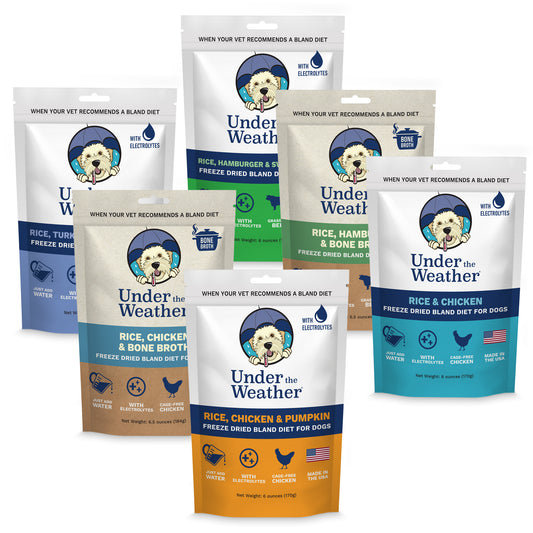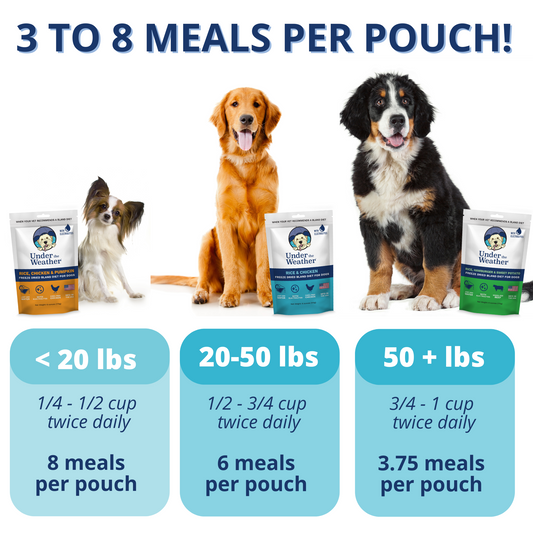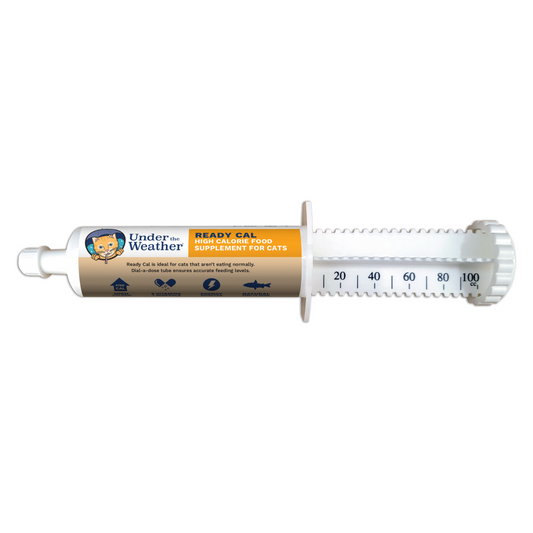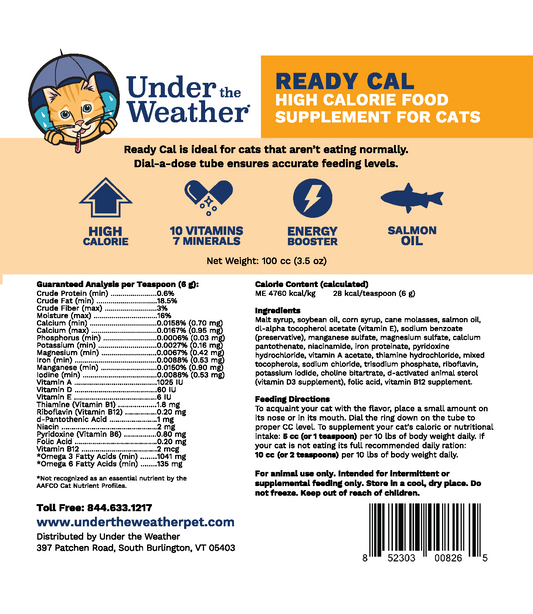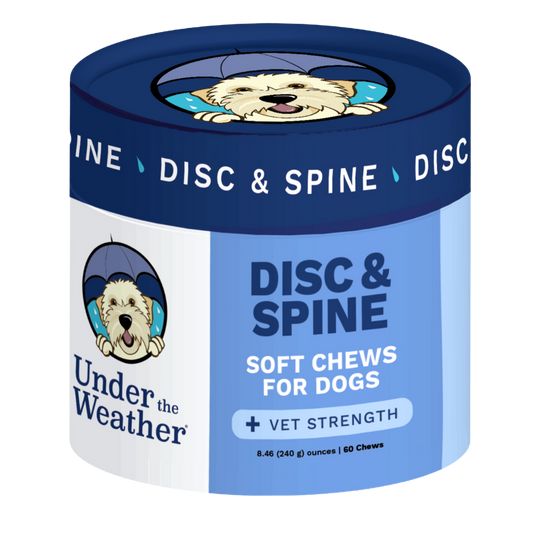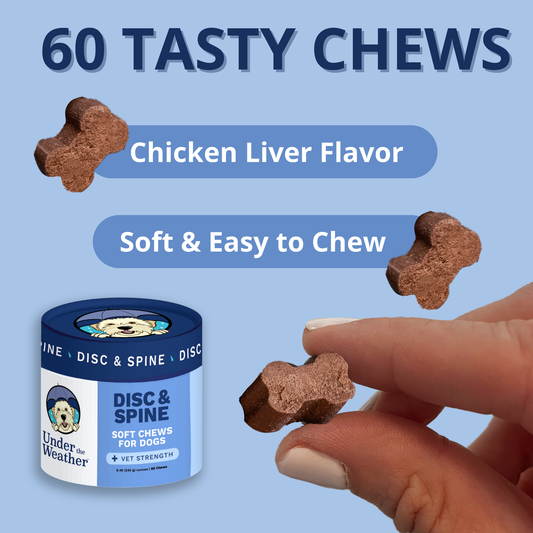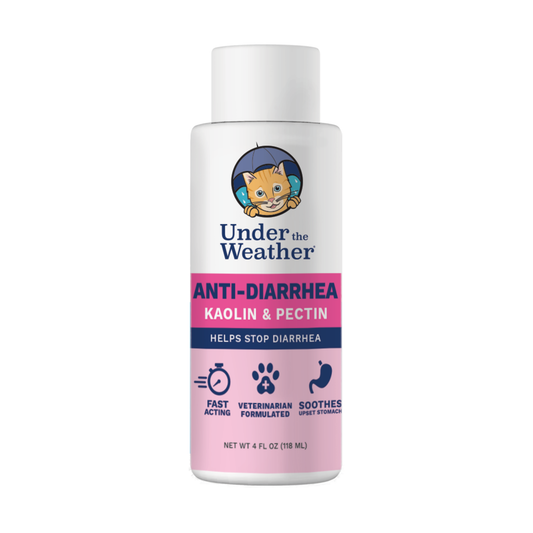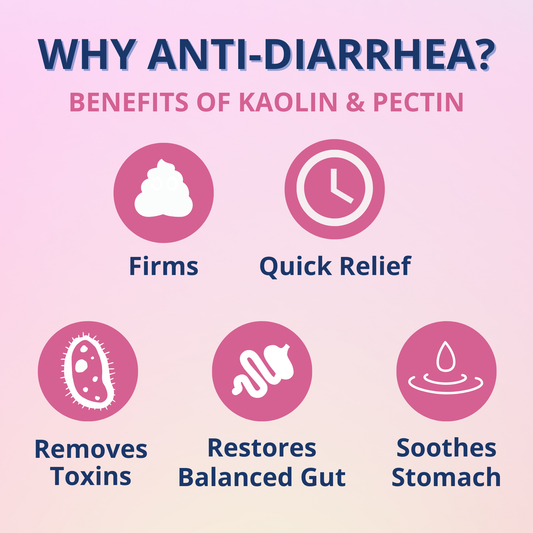Bringing a newly adopted dog into your family can be an exciting and rewarding experience. However, it's not uncommon for new pet owners to encounter challenges along the way. One of these challenges that you may face is when your newly adopted dog refuses to eat. Understanding the reasons behind this behavior and taking appropriate steps to address it is essential in ensuring the well-being of your furry friend.
Understanding the Problem: Why Your Newly Adopted Dog May Not Be Eating
Several factors can contribute to a newly adopted dog's reluctance to eat. It's crucial to identify these factors to determine the best approach to resolving the issue and promoting a healthy appetite.
The Role of Stress and Anxiety in Eating Habits
It's important to remember that transitioning into a new environment can be overwhelming for a dog. The change in surroundings, routine, and unfamiliar faces can induce stress and anxiety, which may ultimately affect their eating habits. Be patient and give your new family members time to adjust to their new surroundings. Providing a calm and comfortable space for meals can help alleviate their anxiety.
Additionally, it's worth noting that some dogs may have experienced trauma or neglect in their previous homes or shelters. These past experiences can further contribute to their stress levels and impact their appetite. By creating a safe and secure environment, you can help your newly adopted dog feel more at ease and increase their willingness to eat.
Health Concerns That Could Affect Appetite
Another reason why a newly adopted dog may refuse to eat is underlying health issues. It's advisable to schedule a check-up with a veterinarian to rule out any medical conditions that might be impacting their appetite. Common issues to be aware of include dental problems, digestive disorders, and allergies.
In some cases, dogs may have specific dietary requirements or allergies that need to be addressed. Consulting with a veterinarian or a professional animal nutritionist can help you develop a suitable diet plan that meets your dog's nutritional needs and addresses any potential health concerns.
The Impact of a New Environment on Eating Patterns
When dogs are introduced to a new environment, they might feel uncertain about their surroundings. Changes in feeding routines, meal locations, or even the type of food being offered can disrupt their eating patterns. Gradually introducing routines and providing a consistent feeding schedule can help your dog feel more at ease and encourage them to eat.
Furthermore, it's essential to consider the food preferences and habits your newly adopted dog may have developed in their previous environment. Some dogs may have been accustomed to free-feeding or receiving table scraps, which can make the transition to a structured meal plan challenging. By gradually transitioning them to a balanced and nutritious diet, you can help them establish healthier eating habits.
The Importance of Patience and Consistency
When facing a dog that is not eating, it's crucial to remain patient and consistent in your approach. By establishing a comfortable and predictable mealtime routine, you can help your dog feel secure and encourage healthy eating habits.
Patience is key when dealing with a dog that is being picky about their food. It's important to remember that dogs, like humans, can have preferences and may take time to adjust to new food or feeding routines. By staying patient and not giving in to their demands for different food, you are helping them develop a consistent eating pattern.
Establishing a Feeding Routine for Your New Dog
Create a consistent feeding schedule for your newly adopted dog. This means offering meals at the same times each day and removing any uneaten food after a set period. Avoid leaving food out all day as this does not encourage healthy eating habits.
Consistency in feeding times can also help regulate your dog's digestive system and prevent issues like bloating or obesity. By sticking to a set schedule, you are teaching your dog when to expect food, which can reduce anxiety and prevent them from overeating out of hunger.
The Role of Positive Reinforcement in Encouraging Eating
Positive reinforcement can be a powerful tool in encouraging your newly adopted dog to eat. When they show interest in their food or take a few bites, praise and reward them with treats or verbal affirmations. This positive association can help them associate mealtime with positive experiences.
Positive reinforcement can also strengthen the bond between you and your dog. By rewarding their good behavior during mealtime, you are creating a positive and trusting relationship based on mutual respect and understanding. This can lead to a happier and more fulfilling life together.
Nutritional Needs of a Newly Adopted Dog
Understanding your dog's dietary requirements is essential for their overall health and well-being. Providing a balanced and nutritious diet ensures that they receive the necessary nutrients to thrive.
When it comes to the nutritional needs of a newly adopted dog, it's important to consider various factors that can influence their dietary requirements. Factors such as the dog's activity level, any existing health conditions, and even their individual preferences can play a role in determining the best diet for them. Taking the time to understand these factors can help you tailor your food choices to meet your specific needs.
Understanding Your Dog's Dietary Requirements
Consulting with a veterinarian or a professional dog nutritionist can help you determine the specific dietary needs of your newly adopted dog. Factors such as age, breed, size, and overall health should be considered when selecting the right type and amount of food to offer.
Additionally, it's essential to monitor your dog's weight and overall condition regularly to ensure that their nutritional needs are being met. Adjusting their diet as needed based on their changing requirements can help prevent issues such as obesity or nutritional deficiencies.
Choosing the Right Food for Your Dog
When choosing food for your dog, opt for high-quality options that meet their nutritional needs. Look for reputable brands that use quality ingredients and avoid foods that contain excessive fillers, additives, or preservatives. It's always best to consult with a professional to ensure you're making the right choice.
Furthermore, consider incorporating a variety of foods into your dog's diet to provide them with a range of nutrients. Mixing in fresh fruits and vegetables, lean proteins, and whole grains can help ensure that your dog is getting a well-rounded diet. Remember, a healthy and balanced diet is key to supporting your newly adopted dog's overall health and happiness.
When to Seek Professional Help
While some reluctance to eat is normal during the adjustment period, persistent or severe appetite loss can indicate a more serious issue. If your newly adopted dog consistently refuses to eat or shows signs of illness, it's important to seek veterinary assistance.
It's crucial to remember that dogs, like humans, can experience fluctuations in their appetite due to various factors such as stress, changes in environment, or underlying health conditions. However, when your furry friend's lack of interest in food becomes prolonged and is accompanied by other concerning symptoms, it's time to involve a professional.
Recognizing Signs of Serious Health Issues
Be vigilant of any additional symptoms that accompany your dog's refusal to eat. Weight loss, vomiting, diarrhea, excessive lethargy, or changes in behavior could be indications of underlying health issues that require immediate attention.
Weight loss in dogs can be a red flag for numerous health issues, ranging from dental problems to organ dysfunction. Vomiting and diarrhea may signify gastrointestinal disturbances or even toxic ingestion. Excessive lethargy and changes in behavior could point toward pain, discomfort, or systemic illnesses.
The Role of a Veterinarian in Resolving Eating Issues
A veterinarian will conduct a thorough examination and may recommend further diagnostic tests to pinpoint the cause of your dog's appetite loss. They can also guide appropriate treatments or dietary adjustments to help resolve the issue.
When it comes to addressing eating issues in dogs, a veterinarian plays a crucial role in not only diagnosing the underlying problem but also in formulating a comprehensive treatment plan. This plan may involve dietary changes, medication, behavioral modifications, or a combination of these approaches to ensure your canine companion gets back on track to good health.
Moving Forward: Helping Your Dog Adjust to Its New Home
Adjusting to a new home can take time for both you and your newly adopted dog. By taking some proactive steps, you can help smooth the transition and create a positive environment for your four-legged family member.
Building Trust with Your New Family Member
Establishing trust and a strong bond with your newly adopted dog is essential for their overall well-being. Spend quality time with them, engage in positive activities, and provide plenty of love and reassurance. This will instill a sense of security and comfort, making them more likely to feel relaxed during mealtimes.
Ensuring a Comfortable and Safe Environment for Eating
Make sure that the area where you feed your dog is comfortable and free from distractions. Choose a quiet space away from high-traffic areas, loud noises, or other intrusions that could disrupt their focus during mealtime. This calm and relaxing atmosphere will help your dog associate eating with a positive experience.

Additionally, consider the type of bowl you use for your dog's meals. Some dogs may have specific preferences or sensitivities to certain materials. Stainless steel bowls are often recommended as they are durable, easy to clean, and less likely to harbor bacteria compared to plastic or ceramic bowls. Providing fresh water alongside their meals is also crucial to keep them hydrated and aid in digestion.
Furthermore, it's important to establish a consistent feeding schedule. Dogs thrive on routine, and having set meal times can help them feel secure and anticipate when their next meal will be. Avoid free-feeding, where food is constantly available, as it can lead to overeating or irregular eating patterns.
Remember, every dog is unique, and it may take time to identify and address the underlying reasons behind a newly adopted dog's refusal to eat. By remaining patient, consistent, and seeking professional help when necessary, you can support your new family members on their journey to a healthy and happy life together.
When introducing new food to your dog, it's important to do so gradually. Sudden changes in diet can cause digestive upset, leading to a reluctance to eat. Start by mixing a small amount of the new food with their current food, gradually increasing the proportion over several days until they are fully transitioned to the new diet. This gradual approach will help prevent any gastrointestinal issues and ensure a smooth transition.
Conclusion
Addressing a newly adopted dog's refusal to eat requires understanding and patience. By recognizing the potential causes, establishing a routine, providing a balanced diet, and seeking professional help when needed, you can help your new family member overcome this challenge and thrive in their new home.


